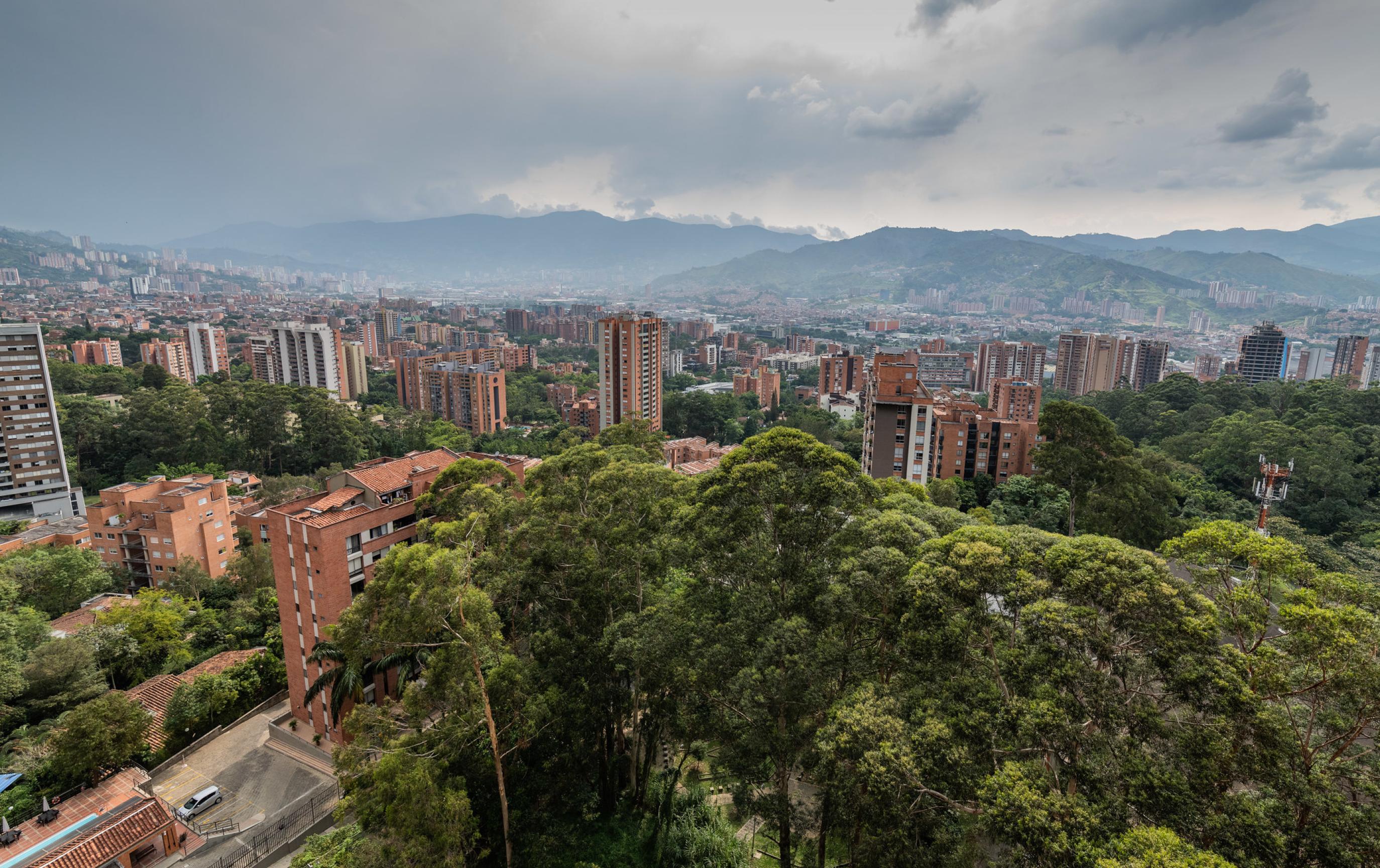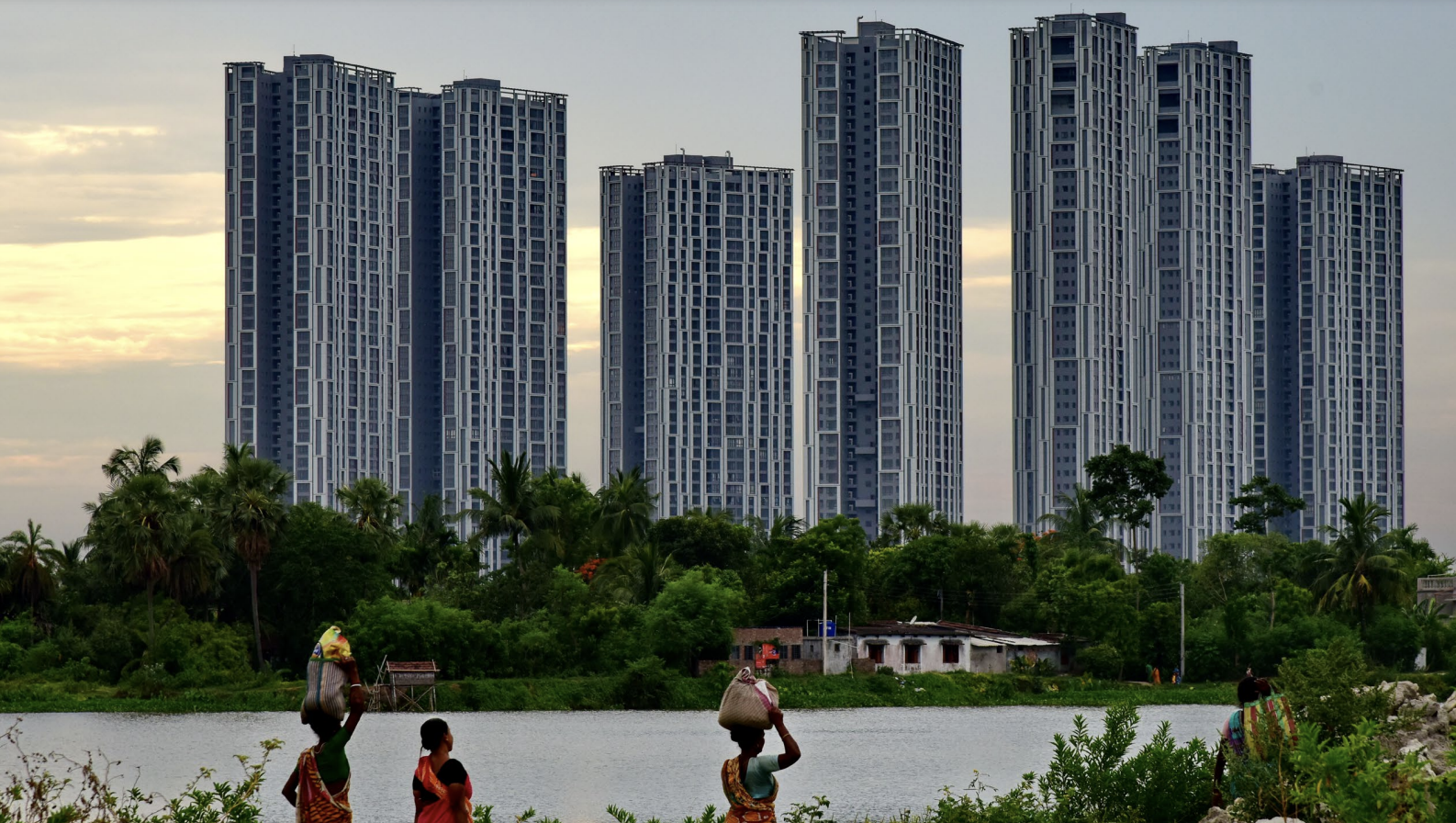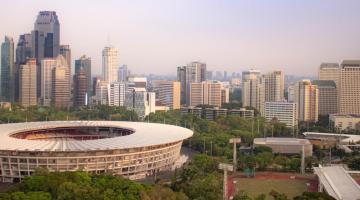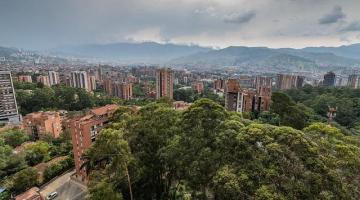
GPC Supplemental Guidance for Forests and Trees
Communities such as cities and counties are increasingly interested in understanding how nature-based solutions can help them reach their climate change mitigation and adaptation goals. However, many communities do not know what role their existing forests and trees already play in influencing greenhouse gas (GHG) emissions because they don’t include them in their inventories.
This supplemental guidance to the Global Protocol for Community-Scale Greenhouse Gas Inventories (GPC) provides detailed methods that communities can follow to estimate both GHG emissions from land-use change and other forest disturbances and carbon dioxide removals by forests and trees growing within their borders. It provides guidance on how to select appropriate data sources, perform calculations, ensure standardized reporting, and use the inventory information to set transparent climate action targets.
About the GPC Supplemental Guidance for Forests and Trees
World Resources Institute, C40 Cities Climate Leadership Group (C40) and ICLEI – Local Governments for Sustainability (ICLEI) have partnered to create the Supplemental Guidance for Forests and Trees. It provides a widely applicable framework for including GHG emissions and removals (sequestration) by forests and trees in communities’ GHG inventories. Communities which are completing inventories at the BASIC+ reporting level or which have significant Agriculture, Forestry and Other Land Uses (AFOLU) emissions or removals should use this supplemental guidance.
The objectives of this supplemental guidance are to:
- Provide methods that enable communities to cost-effectively include forests and trees in their local GHG inventories in a way that helps community leaders and their constituents plan their climate change mitigation actions.
- Create international consistency and transparency in the way communities develop GHG inventories for forests and trees, while recognizing each community’s unique circumstances and needs.
- Support the reconciliation of national GHG inventories and subnational monitoring to inform mitigation targets (for example, nationally determined contributions) under the UN Framework Convention on Climate Change.
- Help cities and other subnational actors understand how forests and trees can contribute to ambitious and transparent climate change mitigation goals.
The Supplemental Guidance for Forests and Trees offers cities and other communities a robust, transparent, and globally applicable framework to consistently identify, calculate, and report on GHG emissions and removals by forests and trees within communities’ boundaries. It expands on the “Land” sub-sector of the AFOLU chapter of GPC version 1.1. The guidance is aligned with the 2019 Refinement to the 2006 IPCC Guidelines for National Greenhouse Gas Inventories. Once communities have completed the GHG inventory for forests and trees, they can use the information to track progress in reducing emissions and/or increasing removals over time and to inform their climate action plans. An example worked inventory illustrating this supplemental guidance is also available for download.
For more details, watch the Guidebook launch event recording, available in English, Spanish and Portuguese.





